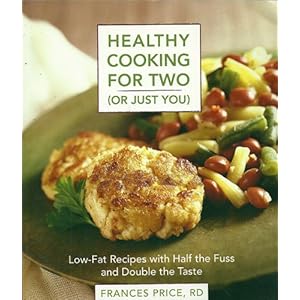Since I recently had a birthday, this week we're doing the late celebration with my folks. My mom has always been one to make special cakes in different shapes to match some event going on in life or the theme of the party. When I was in the 8th grade, for example, my party was midnight bowling and then (after sending the boys home) a slumber party. So the cake she made was a bowling ball striking a bowling pin. When my sister was 25, my mom drove down to visit and made a campfire cake using sheets of melted hard candies shattered into flames, with marshmallows on skewers sticking up as if they were roasting. This year she's making me a knitting-themed cake, and in brainstorming the best method it was decided that she would make a basket out of cake (frosted), and then round Rice Krispies Treats frosted to look like balls of yarn (she doesn't have and didn't want to buy any round cake pans and the other option was to put two cupcakes together and cut off the edges to make them round). She will be frosting with buttercream, since I basically consider cake to be a vehicle for conveying frosting, but I decided to try and see if I could make marshmallow fondant work as another option. I used ratios and instructions from about.com.
- 1 C miniature marshmallows
- 1/2 Tbsp water
- food colouring
- 1 C powdered (confectioner's) sugar
2. Stir the marshmallows with a rubber spatula until they are melted and smooth. If some unmelted marshmallow pieces remain, return to the microwave for 30-45 seconds, until the marshmallow mixture is entirely smooth and free of lumps. If you want colored or flavored fondant, you can add several drops of food coloring or extracts at this point and stir until incorporated.
3. Add the powdered sugar and begin to stir with the spatula. Stir until the sugar begins to incorporate and it becomes impossible to stir anymore.
4. Scrape the marshmallow-sugar mixture out onto the prepared work surface. It will be sticky and lumpy, with lots of sugar that has not been incorporated yet--this is normal. Dust your hands with powdered sugar, and begin to knead the fondant mixture like bread dough, working the sugar into the marshmallow with your hands.
5. Continue to knead the fondant until it smooths out and loses its stickiness. Add more sugar if necessary, but stop adding sugar once it is smooth--too much sugar will make it stiff and difficult to work with. Once the fondant is a smooth ball, it is ready to be used. You can now roll it out, shape it, or wrap it in cling wrap to use later. Well-wrapped fondant can be stored in a cool room or in the refrigerator, and needs to be kneaded until supple before later use.
Robyn's notes: I did not end up incorporating all of the powdered sugar, and I didn't dust either my workspace or my hands with sugar, so I used a lot less sugar than this recipe instructed. I was fairly nervous about it, but the fondant was the proper consistency, not sticky, and I didn't want to add more sugar unnecessarily and make the fondant crack. I did lay down wax paper, and turned the bowl out onto that, there was enough unused sugar to keep my fondant from sticking to the wax paper. This was really easy and definitely tastes better than store-bought fondant (ever tried it? it's nasty--like cardboard). I was just making a test batch, so there's only one colour, if I'd made more colours I could add a stripe onto the cupcake, or a small flower, or whatever. What's shown in the picture at the top of this post is almost the entire batch. I pinched off and tasted about a half-inch ball before covering the cupcake. Keep in mind that fondant is not meant to stick onto a cake on its own, if using it to frost something you'll need to put down a thin layer of another frosting (buttercream or whatever) as an adhesive, otherwise the fondant will just lift right off.
*** 3 Stars: Good. At least one of us liked this enough for me to make it again, but not often


















